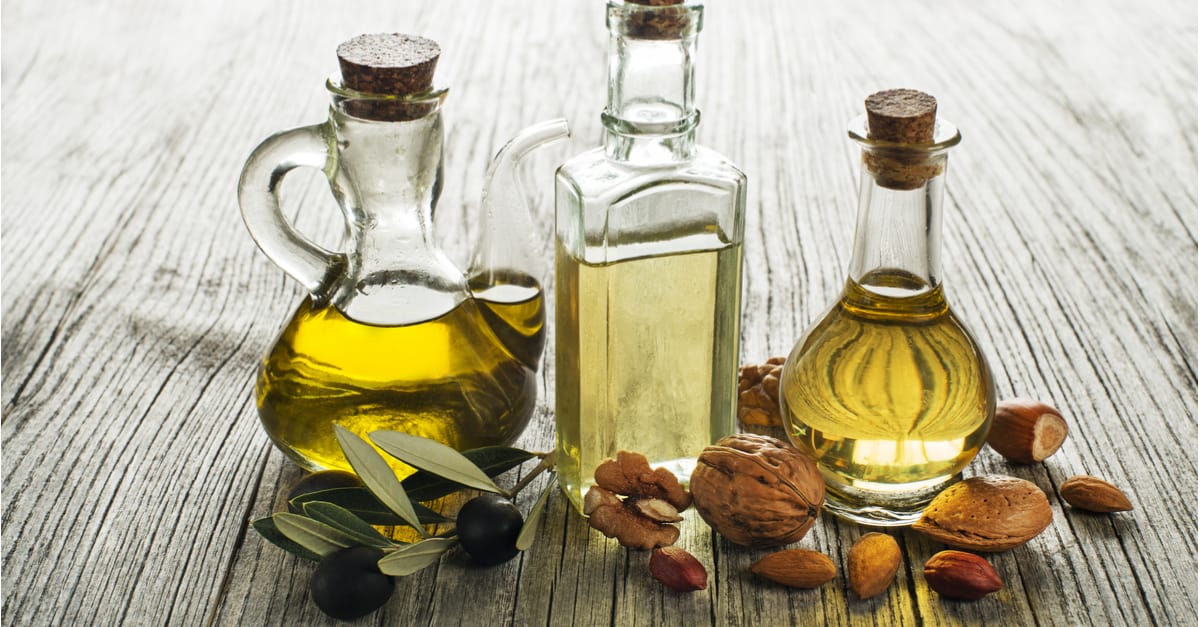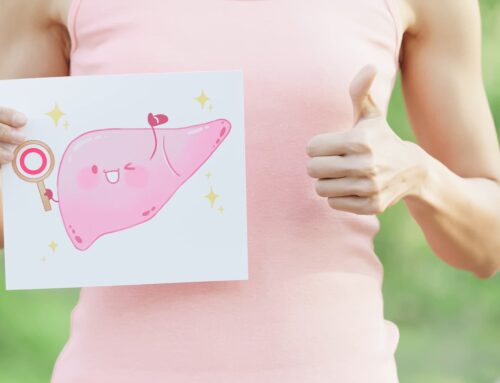Omega-6 fatty acids are greatly misunderstood … at least the good ones are.
Hopefully, by now you know that processed oils like canola, vegetable, and soybean are packed with harmful omega-6 fatty acids which will damage your health. But did you know that there are good omega-6 fatty acids that your body is dying for you to consume?
All 72 trillion cells in your body have an outer membrane made up of fatty acids. When you eat the right fatty acids, that membrane does a really good job of letting toxins out while allowing nutrients into the cell.
But most people are consuming too many harmful or bad omega-6 fatty acids. This is causing these outer cell membranes to get congested and inflamed. This is the beginning of cell death. Or, worse yet, this is the moment a healthy cell starts to turn into a cancer cell.
Perhaps the single most important nutrition advice I could ever give you is to remove these harmful omega-6 oils from your diet.
But there is more to the omega-6 story that you need to know.
When the nutritional world declared omega-6 fatty acids to be the villain that was causing so many people to be sick, the world of health turned its back on these fatty acids. And it quickly turned its gaze to the hero of the day, omega-3s.
And, like we do so often with cutting-edge nutrition information, we became obsessed. This is exactly what happened with omega-3s. We became so enamored with omega-3’s we’ve been overdoing them.
Now, don’t get me wrong, omega-3 fatty acids are helpful. But they are helpful in small doses, not mega doses. In fact, if you are eating a healthy ketobiotic diet – which is high in good fats – you are most likely getting more than enough omega-3 from your food alone. Most of you have no need to supplement omega-3 fatty acids, like those found in fish oil.
One major concern essential fatty acids researchers like Professor Brian Peskin have about consuming too much fish oil is that in these large amounts, it’s damaging your cells. His research is also revealing that when fish oils heat up, they turn rancid. Well, guess what? When you ingest fish oils, your internal body temperature heats them up.
I know, it’s all very confusing!
I think the best way to really understand the omega fatty acid needs of your body is to look at the requirements of your cells.
On the outside of every cell, we have receptor sites. These receptors pull hormones, oxygen, and other nutrients into the cell to help the cell function properly. These crucial receptor sites are built out of proteins and essential fatty acids, the two main fatty acids being omega-6 and omega-3. And every cell in your body requires a different ratio of these fatty acids.
In general, most organs in your body require a 4:1 balance of healthy omega-6 fatty acids to healthy omega-3 fatty acids. This means the cells of your organs need 4x more healthy omega-6s than omega-3s.
But when you look closer at the fatty acid needs of each organ system, you will see that certain organs require even more omega-6.
For example:
Your brain and nervous system cells need 100x more omega-6 than omega-3.
Your adipose tissue requires 22x more omega-6 to metabolize and be used for energy.
Your muscles need 6.5x more omega-6 so that they can contract and provide you strength.
And your skin cells need 1000x more omega-6 than omega-3 to hold moisture in and regenerate daily!
This means that if you don’t add healthy omega-6 into your diet, your skin will struggle to pull nutrients and oxygen in to keep it happy. A deficiency in omega-6 has been shown to accelerate aging of the skin, is a big player in conditions like psoriasis, leads to dry skin, and some believe this deficiency is a major contributor to skin cancer.
https://www.ncbi.nlm.nih.gov/pubmed/20620762
https://www.betternutrition.com/natural-living/essential-fatty-acids-healthy-skin
http://lpi.oregonstate.edu/mic/health-disease/skin-health/essential-fatty-acids
Which food sources have the best healthy omega-6 fatty acids?
• Flaxseed oil, flaxseeds, flaxseed meal
• Hempseed oil, hempseeds
• Grapeseed oil
• Raw seeds such pumpkin seeds and sunflower seeds
• Raw nuts, including pignolia (pine) nuts, pistachios, and walnuts
• Borage oil, evening primrose oil, black currant see oil
• Acai
Personally, I love a product called Andrea’s Seed Oils. I add it to salad dressing and make sure that I get at least two tablespoons a day.
How do you know if you are deficient in omega-6?
We do a test in our office called a Blood Spot Omega Test. Not only does it reveal deficiencies in omega-3s and 6s, it also tells me if you have the proper ratio of omegas in your body. It is, by far, the most accurate way to understand your omega balance.
Can I supplement with omega-6?
Here’s the tricky part about supplementing with any type of omega: you have to make sure the supplement has the proper ratios.
There are only two supplements that meet that requirement for me:
If I suspect an omega deficiency or a blood spot test comes back positive, I have my patients cycle between these three supplements.
So there you have it. Hopefully, this gives you a new perspective about omega-6 fatty acids and how you get the proper ratio of these crucial fatty acids in your body.
If you want to understand this even better, check out my YouTube channel. I have two interviews there. One with Professor Peskin, top researcher of omega-6 fatty acids, and the other with Dr. Daniel Pompa, cellular healing expert.
Reach out if you have any questions! Cheers to healthy skin!!
Dr. Mindy








Are you seeing patients? Where are you located? I’m in StPetersburg, Fl I’m 69 yrs old have had my Amalgam filling‘s removed.
I practice intermittent fasting ketogenic diet and some fasting. Used to feel great on keto but not for a year or so can’t get deep enough
I love all your videos you’re a great doctor I respect you so much. ❤️Vivian
Hi there! Dr. Mindy no longer sees clients 1-1, but we have two membership programs you can engage with her in!